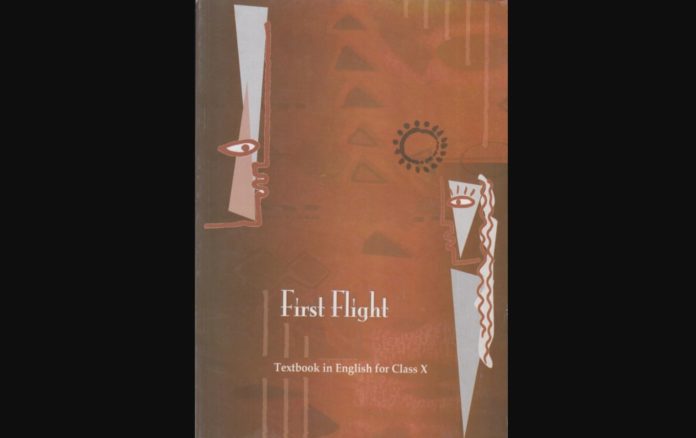Ques:Read the poem again and work in pairs or groups to do the following tasks.
- Find the words that describe the movements and actions of the tiger in the cage and in the wild. Arrange them in two columns.
- Find the words that describe the two places and arrange them in two columns.
Now try to share ideas about how the poet uses words and images to contrast the two situations.
Now try to share ideas about how the poet uses words and images to contrast the two situations.
Answer: 1. In the Cage – Stalks, Few steps of his cage, Quiet rage Locked in a concrete cell, Stalking-the length of his cage Ignoring visitors. He hears the last voice Stares at the brilliant stars.
In the Wild – Lurking in shadow, Sliding through long grass, Snarling around houses, Baring his white fangs, his claws, Terrorising the village.
2.
| Cage | Wild |
| Few Steps of His Cage | Shadow Long Grass, Water |
| Locked Concrete Cell | Hole, plump dear |
| Behind Bars Visitors | Houses of Jungles Edge |
| Patrolling Cars | Village |
Ques: Notice the use of a word repeated in lines such as these
- On pads of velvet quiet, In his quiet rage.
- And stares with his brilliant eyes At the brilliant stars.
What do you think is the effect of this repetition?
What do you think is the effect of this repetition?




